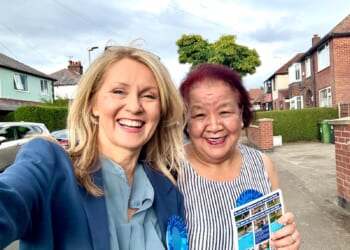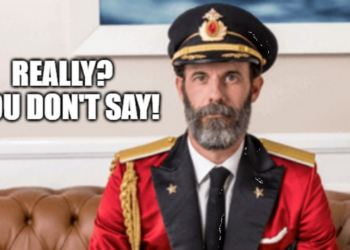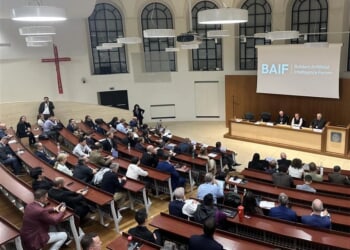Andrew Credgington is Lead Digital Campaigner at College Green Group
As Kemi passes her first year in office, the headlines tend to focus on her performance at PMQs, the polish of her Conference speech and balancing CCHQ finances.
What is less discussed is the significant improvements to the digital operations within the Leader of the Opposition’s Office and CCHQ’s digital operations – they spot opportunities earlier, move faster on content, and respond with a confidence that simply wasn’t there during the start of her role as Party leader, or even during the General Election.
Despite Labour’s talent for moving from one mistake to the next at record pace, LOTO and CCHQ’s active rebuttals now shape the discourse of an issue as it emerges. They are beginning to find the tone that gets noticed without tipping into gimmickry. The challenge remains on how they will continue to walk the fine line of being heard while remaining the sensible party.
Yet across the country, the grassroots and party institutions are still struggling to recover from the 2024 General Election. Associations (particularly those in safe seats used to winning) are trying to line up their ground campaigns, but are most disconnected when it comes to digital.
We are, unfortunately, still at a point where most associations are not certified to run ads on Meta. Few have a structured plan for what to do with their social media pages or their broader online presence. That gap leaves local parties invisible in the very spaces where voters now spend most of their time, and associations and their candidates are missing out on what digital does best: data collection, targeted reach, audience profiling, and the ability to build a strong, local brand.
If you’re part of an association that recognises this problem, there are three simple steps to get started.
1. Appoint a digital officer.
Every association, branch, or campaign team should have one. Find someone who’s a digital native – someone who understands the platforms and enjoys using them. Give them proper standing within your campaign structure and make sure they have the ear of not only the campaign manager or candidate, but the agent, who will ultimately approve spend and content.
2. Plan your content weekly.
If you are in an area up for election next May, you should have digital grid that sits alongside your campaign plan. Your online messaging should mirror you’re your weekly plans and messaging on your canvassing sessions, local events, council meetings, or key issues.
3. Give your candidates a digital voice.
We need our candidates to start thinking of digital content as modern-day leaflets – only cheaper and quicker to get out. Encourage even reserved candidates to put out short, authentic content supported by a modest ad spend, with simple geographical targeting. The return on engagement, recognition and reach may surprise them and drive association-wide support for more serious digital operations.
As a party, we now need to embrace digital at the grassroots level.
The leadership has set the direction, and shown what is possible with a proper digital campaign, but change will only come if our associations are willing to adapt. The habits that once guaranteed victory no longer do.
We need to stop seeing digital campaigning as a novelty or an optional extra as it is now as essential as canvassing or leafleting.
If we want to stand a fighting chance next May, and rebuild momentum before the next General Election, then the Conservative grassroots, not just CCHQ or the leadership, must lead a genuine digital revolution.





![Boomers Show Up In Force for the 'No Kings' Anti-Trump Protests [WATCH]](https://www.right2024.com/wp-content/uploads/2025/10/Boomers-Show-Up-In-Force-for-the-No-Kings-Anti-Trump-350x250.jpg)


![Sydney Sweeney Turns Heads in Revealing Sheer Dress at Variety’s Power of Women Event [WATCH]](https://www.right2024.com/wp-content/uploads/2025/10/Sydney-Sweeney-Turns-Heads-in-Revealing-Sheer-Dress-at-Varietys-350x250.jpg)
![Pro-Life Activist Bloodied in Viral Attack on Video, Alvin Bragg Drops Charges [WATCH]](https://www.right2024.com/wp-content/uploads/2025/09/Pro-Life-Activist-Bloodied-in-Viral-Attack-on-Video-Alvin-Bragg-350x250.jpg)





